Discovering issues with your Marshall Tree Saw can be frustrating, especially when you’re unsure how to fix them.
From blade troubles to hydraulic glitches, these problems can disrupt your work. Don’t worry!
In this guide, we’ll explore 10 common Marshall Tree Saw problems and provide simple solutions to keep your equipment running smoothly, even if you’re not a pro.
Marshall Tree Saw Problems (Short Overview)
Marshall Tree Saws are powerful tools, but they can face common issues like dull blades, hydraulic leaks, or difficulty cutting thicker trees.
Regular maintenance, such as sharpening blades and checking hydraulic systems, can keep it running smoothly.
Addressing these problems early ensures better performance and longer tool life.
Read 10 Common Problems With Fixes In Easy Ways…

1. Dull blades
Dull blades are a common issue with Marshall Tree Saws that can significantly impact their performance.
When the blades lose their sharpness, they struggle to cut effectively, leading to slower work and increased strain on the machine.
Causes
- Regular wear and tear from extended use.
- Cutting hard or abrasive materials like thick branches or debris.
Fixes
- Sharpen the blades regularly using the recommended tools.
- Replace worn-out blades if sharpening doesn’t restore their efficiency.
- Avoid cutting materials beyond the saw’s capacity to reduce wear.
2. Hydraulic leaks
Hydraulic leaks are a common issue with Marshall Tree Saws and can lead to reduced performance or even downtime.
Causes
- Worn or damaged seals
- Cracked or deteriorated hoses
- Loose or improperly secured fittings
Fixes
- Inspect and replace faulty seals or hoses
- Tighten loose connections properly
- Regularly check hydraulic fluid levels and system health to prevent leaks before they occur.
3. Chain tension
One common issue with the Marshall Tree Saw is improper chain tension, which can affect its performance and cause unnecessary wear and tear.
If the chain is too loose, it may slip off during use, while an overly tight chain can lead to overheating or damage to the saw.
Causes
- Incorrect chain adjustments during setup.
- Natural loosening of the chain after prolonged use.
Fixes
- Regularly check and adjust the chain tension according to the manufacturer’s guidelines.
- Use the proper tools to ensure the chain is neither too tight nor too loose, allowing smooth and safe operation.
4. Motor overheating
One common issue with the Marshall Tree Saw is motor overheating, which can lead to reduced efficiency or even damage if not addressed promptly.
Causes
- Prolonged heavy use without breaks
- Blocked vents restricting airflow
- Lack of regular maintenance or lubrication
Fixes
- Take regular breaks during extended use to let the motor cool down.
- Inspect and clean air vents to ensure proper airflow.
- Perform routine maintenance, including checking and lubricating motor components, to keep it running smoothly.
Read Also:
Makita reciprocating saw problems
5. Blade misalignment
Blade misalignment is a common issue with Marshall Tree Saws that can significantly impact cutting performance.
When the blade is not aligned properly, it can lead to uneven cuts, increased wear on the saw, and potential damage to the equipment.
Causes
- Improper installation of the blade.
- Frequent use without regular maintenance.
- Striking hard objects like rocks or metal.
Fixes
- Check and readjust the blade alignment as per the manufacturer’s guidelines.
- Regularly inspect the blade and mounting components for wear or looseness.
- Avoid cutting through materials that could damage the blade or its alignment.
6. Cutting inefficiency
Inefficiency in the Marshall Tree Saw can slow down operations and waste valuable time.
Causes
- Dull or damaged blades reducing cutting effectiveness.
- Lack of routine maintenance leading to mechanical wear.
- Incorrect handling or improper adjustments during use.
Fixes
- Regularly sharpen or replace blades to ensure clean cuts.
- Schedule consistent maintenance checks to keep the equipment in top shape.
- Train users on proper handling techniques and machine adjustments.
7. Oil dripping
One common issue with the Marshall Tree Saw is oil dripping, which can lead to performance problems and wasted resources.
Causes:
- Worn or damaged seals
- Loose or improperly attached fittings
- Cracked or leaking hydraulic hoses
Fixes:
- Inspect and replace any worn seals promptly.
- Tighten or replace loose fittings to ensure a proper seal.
- Check hydraulic hoses regularly and repair or replace them if damaged.
8. Loose bolts
Loose bolts are a common issue with Marshall Tree Saws and can lead to poor performance or even damage to the equipment.
Over time, constant vibrations and heavy use can cause bolts to loosen, impacting the saw’s stability and efficiency.
Causes
- Continuous vibrations during operation
- Lack of regular maintenance
- Overloading the saw beyond its capacity
Fixes
- Check and tighten bolts regularly as part of routine maintenance.
- Use thread-locking adhesive to keep bolts secure during heavy use.
- Avoid overloading the saw to minimize unnecessary strain on the bolts.
9. Clogged filters
One common issue with Marshall Tree Saw equipment is clogged filters, which can reduce performance and cause the machine to overheat.
Causes:
Clogged filters are often caused by debris, dust, and sap buildup during operation, especially in dusty or dense work environments.
Fixes:
To fix this, clean or replace the filters regularly to maintain optimal airflow.
Use compressed air or a soft brush for cleaning, and consider scheduling routine maintenance to prevent blockages in the future.
10. Power loss
Power loss in a Marshall Tree Saw can significantly affect its performance, making it harder to cut through tough trees efficiently.
This issue can stem from multiple causes, but the good news is that most are fixable with the right approach.
Causes
- Hydraulic system issues, such as low fluid levels or blockages, can reduce power output.
- Worn or damaged blades may create extra strain, reducing cutting efficiency.
- Engine problems, like clogged filters or insufficient maintenance, can also lead to power loss.
Fixes
- Regularly check and refill hydraulic fluid while inspecting for leaks or clogs.
- Sharpen or replace dull and damaged blades to restore cutting power.
- Perform routine engine maintenance, including cleaning filters and ensuring all components are in good working condition.
FAQs
What is a Marshall Tree Saw?
A Marshall Tree Saw is a specialized piece of equipment designed for cutting and managing trees efficiently, typically used in forestry and land management.
How does the Marshall Tree Saw work?
It uses a powerful blade system and hydraulic capabilities to cut through trees and vegetation quickly and precisely.
What maintenance is required for the Marshall Tree Saw?
Regularly check hydraulic fluids, sharpen or replace the blades, and clean the filters to ensure optimal performance.
Can the Marshall Tree Saw handle large trees?
Yes, the Marshall Tree Saw is designed to cut through both small and large trees, depending on the model and blade type.
Is the Marshall Tree Saw easy to operate?
With proper training and safety precautions, it is user-friendly and highly effective for tree cutting applications.

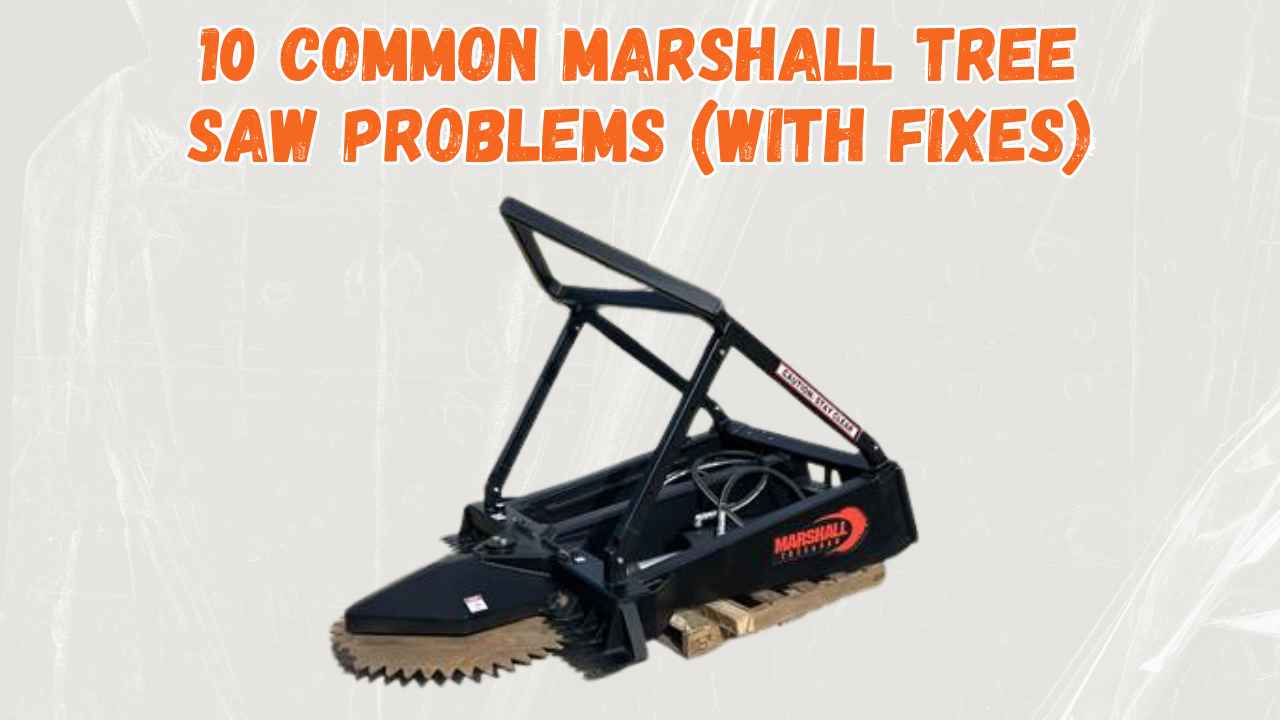
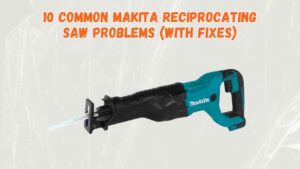
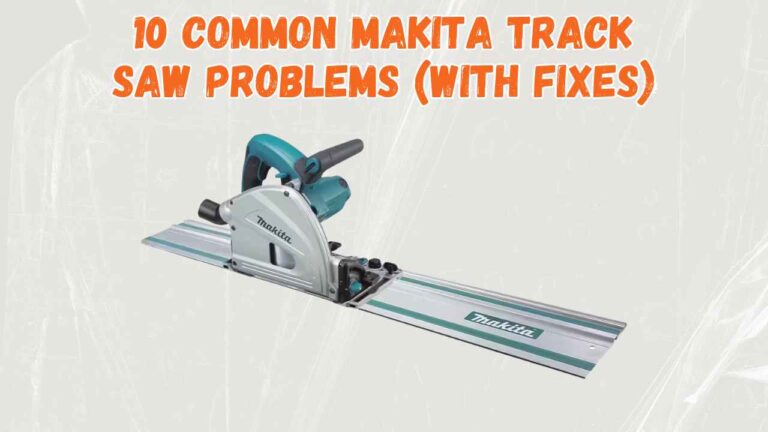
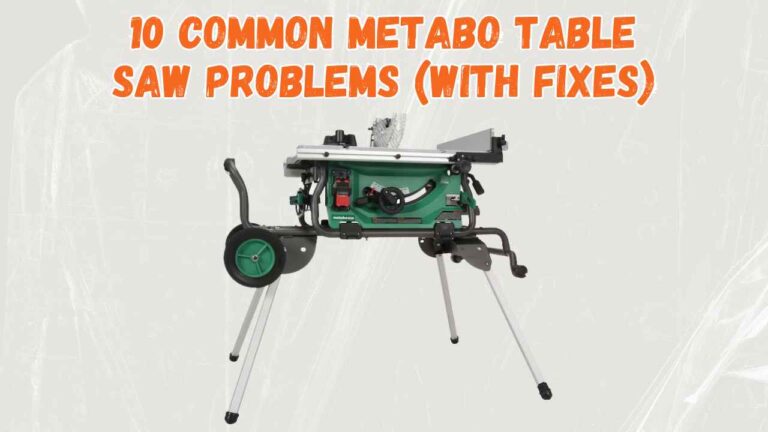
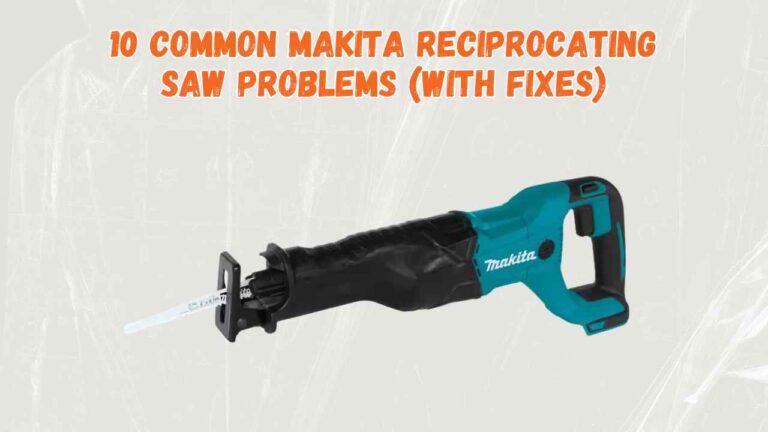
[…] 10 Common Marshall Tree Saw Problems (With Fixes) […]